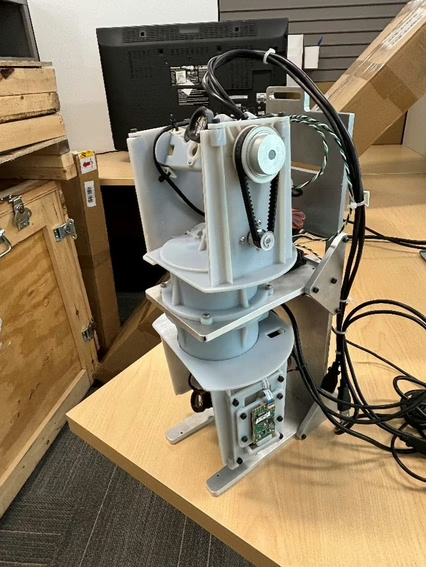Our Work
Delta Touch-On Touch-Off Faucet

Challenge
Delta Faucet wanted to introduce a touch-activated faucet based on the customer’s desire to turn on a faucet with messy hands and turn off the water when it’s not needed between tasks. However, Delta Faucet learned that customers were wary of touch technology due to “surprise activation” – accidental triggering of the hands-free technology due to all of the activity that typically happens in a kitchen.
In addressing this challenge, Delta Faucet worked with Prodigy to identify several technical concerns: adding electronics to the faucet without taking away from the aesthetics; identifying and sourcing the right materials to ensure the technology worked as it should across a wide range of faucet styles and installations (sink material and type, water quality, installer variability, etc..); and determining the precise sensitivity to ensure the functionality was intuitive and convenient to the end user.
A key technical challenge involved ensuring the faucet is properly isolated from any surrounding metal (i.e. sinks) and ensuring that water (inside and outside the faucet) doesn’t affect the performance of the product.
Solution
Prodigy worked with the Delta Faucet team to harness the power of capacitance. Every person has a characteristic called capacitance, which is an electronic value measured in farads—capacitors store electrical energy. A human body typically has 22 picofarads of capacitance. A result of this capacitance is often felt in the winter months, via static discharges that occur when walking across a carpet and touching a metallic object. Walking across a rug generates energy that is stored in the body’s capacitance. This energy is discharged when touching another object at a different voltage potential.
A capacitive touch sensor is basically a sensing device that measures capacitance in its environment. When a touch sensor is connected to the faucet, it first establishes a baseline level of capacitance. Once this is established, it then looks for an increase in capacitance that occurs when a person touches the faucet (the human body’s 22 pF). The sensor detects the increase and either turns on water flow or turns off water flow. When the person releases the faucet, the decrease in capacitance is also detected. Touches and grabs are distinguished by measuring the duration of the person touching the faucet. Touches are defined as being less than 300 milliseconds and grabs as more than 300 milliseconds. There are two capacitive touch sensors in the faucet. The first sensor is connected to the handle and the second is connected to the spout. If a touch sensor is connected to anything conductive (wire, metal sheet, metal bar, etc.) that conductive element becomes an extension of the touch sensor.
In this project, Prodigy was able to bring creativity and problem-solving to lead a series of demonstration models for testing & research and ultimately preliminary design.
Outcome
Delta Faucet touch technology is amazingly intuitive and extremely responsive to the user, resulting in economies of motion and ease of use. These technologies make it easier to turn on the water flow when hands are messy or turn off the water when it is not needed between tasks, potentially saving water. It also helps keep the faucet cleaner while helping to reduce the potential for cross-contamination.
Patents protect this innovative investment. The product was introduced with rave reviews at the CES show in Las Vegas. According to the client, “Prodigy’s ability to provide experienced resources to plan, lead, and integrate into our development program has helped drive this new product keeping on schedule with a focus on the ROI.”
Delta Faucet continued to engage Prodigy to lead R&D efforts for future product models, leading to years of successful collaboration that resulted in category leadership for the company.


